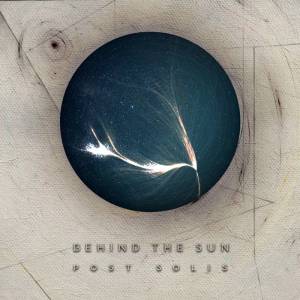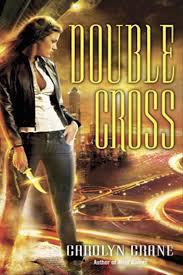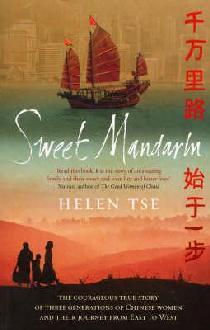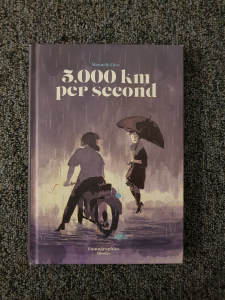 The Guardian has an article titled Female trouble: how can the Oscars fix the scandal of all-male director lists? My suggestion: by rewarding the films that people actually like.
The Guardian has an article titled Female trouble: how can the Oscars fix the scandal of all-male director lists? My suggestion: by rewarding the films that people actually like.
Presenting the Golden Globe award for best director, Natalie Portman raised an uncomfortable laugh, and an important point. Very few women are ever nominated for this category in major film awards ceremonies; fewer still win. But why is that?
Fair question.
An argument made by many on social media was that there simply aren’t enough female directors to choose from. That’s part of the problem: studios are still hugely reluctant to hire a woman to helm a major movie with the kind of marketing and campaign budget that gets the attention of ceremonies such as the Globes and the Baftas, who also failed to nominate a single woman in its director category this year. Women accounted for just 11% of directors of the 250 top-grossing films of 2017, according to the latest report by San Diego State University’s Centre for the Study of Women in Television and Film.
Seems like a sound argument. If 9 out of 10 films are directed by men, then it stands to reason that there won’t be many women in the running.
“The numbers haven’t changed significantly for the last two decades because at the highest levels of the business, people do not hire women to direct movies,” says Melissa Silverstein, founder/publisher of Women and Hollywood. “Studies have shown that when people in the industry think about a director, they picture a white male with greying hair – basically Steven Spielberg. That’s the default because that is what people have seen.”
Or could it be that they are looking for a director with the best record of delivering a film that will make money?
And it may be what voters are seeing, too. Greta Gerwig’s film Lady Bird picked up the Golden Globe for best motion picture (musical or comedy) as well as best actress (musical or comedy) for Saoirse Ronan. But who won the all-male best director category? Guillermo del Toro, for The Shape of Water. “A film like Lady Bird can have an almost perfect critical response, yet not get nominations,” laments Silverstein.
Lady Bird was only the 66th biggest film at the box office. Shape of Water was the 85th. Why are either of these films up for best picture or best director? What makes them better than Star Wars: The Last Jedi, which was number one at the box office, or Wonder Woman, which was directed by a woman and was number three?
Silverstein says steps have been put in place that may help redress the imbalance. “Over the last two years, the Academy have completely remade the directing branch and have added many more women directors from all across the world. This will give women directors a fighting chance, one they really didn’t have previously when the branch was pretty much all men.”
Out of the top 10 movies at the box office, Wonder Woman is the only one directed by a woman. Does the academy have any influence over who studios hire to make their films? If not, it’s hard to see how they can have much of an effect.
Other less high-profile awards ceremonies have also offered hope: Gerwig has already won best director at numerous critics’ awards, while Dee Rees, the director of the racially charged Mudbound, has also been honoured, though less resoundingly than pundits predicted.
Mudbound? Never heard of it; it’s not in the top 100 films of last year.
Other awards are finding different ways to honour female film-makers. The Los Angeles Online Film Critics Society recently decided to split the best director award into male and female categories, but segregation can’t really be the answer. While it may have been done with the best of intentions – to give credit to talented women – might it not seem a little patronising to put them in a different category, as if they can’t compete with the big boys? Surely the way to show the industry that great directors can be any gender is to nominate them alongside each other.
I agree that having a “best female director” category is patronizing. Unlike sports, the ability to direct film should not be categorically different due to sexual dimorphism.
What we need is an industry that welcomes all applicants for crew positions, whether they’re in sound, editing, cinematography or directing; and whatever their gender, race or sexuality.
And decides on who to hire based on their merit.
The Time’s Up campaign is raising awareness of the imbalance of power in every industry, and let’s hope film is making up for lost time by leading the way. Says Silverstein, “As a culture we need to shift away from our stories being about white men and by white men. That is how more women will receive the deserved honours.” Let’s hope the Academy takes note.
If you make good films, the audience will respond. Patty Jenkins shows that people don’t care whether stories are directed by white men. The top three films of last year are all led by actresses, showing that people don’t car if stories are about white men. Maybe the awards shows are the problem.
Top 10 Movies of 2017 and Their Directors| Star Wars: The Last Jedi | Rian Johnson |
| Beauty and the Beast (2017) | Bill Condon |
| Wonder Woman | Patty Jenkins |
| Guardians of the Galaxy Vol. 2 | James Gunn |
| Spider-Man: Homecoming | Jon Watts |
| It | Andres Muschietti |
| Thor: Ragnarok | Taika Waititi |
| Jumanji: Welcome to the Jungle | Jake Kasdan |
| Despicable Me 3 | Kyle Balda, Pierre Coffin, Eric Guillon |
| Justice League | Zack Snyder |
Advertisements Share this:





